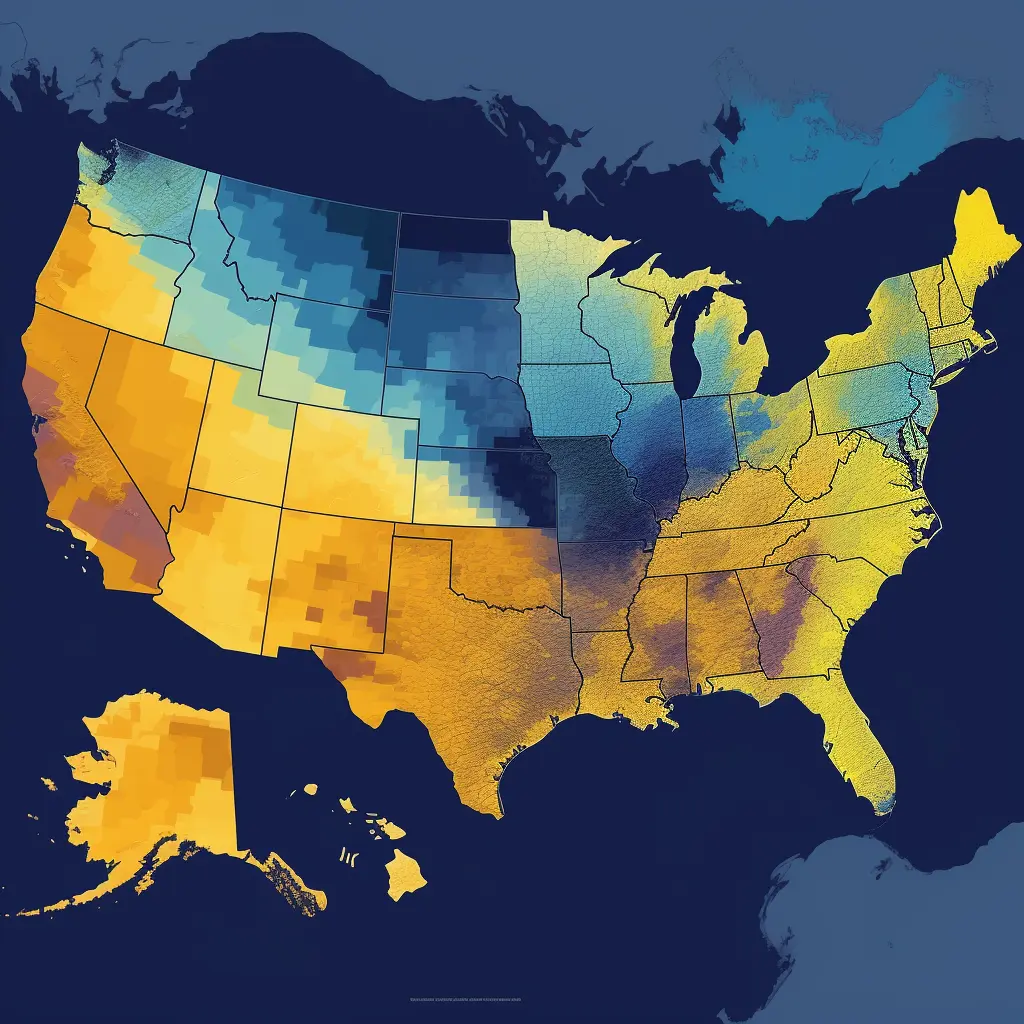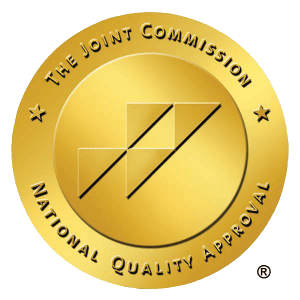The American Society of Addiction Medicine defines addiction as a “primary, chronic disease of brain reward, motivation, memory and related circuitry.” As with other diseases such as cancer, diabetes, and heart disease, the causes are a combination of genetic, environmental, and behavioral factors.
If you’re seeking addiction treatment for yourself or a loved one — or if you work on the front lines of addiction recovery — keep reading. We’re sharing the latest drug abuse and addiction statistics for the U.S. from reputable sources.
Statistics on Addiction in America
More than 70,200 Americans died from drug overdoses in 2017; around 68% of those deaths involved an opioid. (U.S. Centers for Disease Control and Prevention)
From 1999 to 2017, more than 700,000 people have died from a drug overdose. (CDC)
Drug overdose is the leading cause of death for Americans under age 50. (CDC)
10 percent of U.S. adults struggle with a substance use disorder at some point in their lives; 75 percent of them do not receive any form of treatment. (National Institutes of Health)
In 2016, more than 1 million drivers were arrested for driving under the influence of alcohol or narcotics. (Federal Bureau of Investigation)
Abuse of tobacco, alcohol, and illicit drugs cost our nation more than $740 billion a year in costs related to crime, lost work productivity and health care. (The National Institute on Drug Abuse)
More than half of new illicit drug users begin with marijuana. (The National Institute on Drug Abuse)
Drug use is increasing among people in their fifties and early sixties. (The National Institute on Drug Abuse)
Statistics on Addiction in Teens
By the time they are seniors in high school, almost 70 percent of American teens will have tried alcohol; half will have taken an illegal drug; and more than 20 percent will have used a prescription drug for a nonmedical purpose. (The National Institute on Drug Abuse)
Young people ages 12 to 20 consume about one-tenth of all alcohol consumed in the United States. (CDC)
Only 10 percent of 12- to 17-year-olds needing substance abuse treatment actually receive any services. (The National Institute on Drug Abuse)
The top three substances abused by teens are alcohol, marijuana, and vaping products like e-cigarettes. (The National Institute on Drug Abuse)
More than 1 in 5 high school students use marijuana at least once during any given month. (The National Institute on Drug Abuse)
Drug use at an early age is an important predictor of developing a drug or alcohol addiction later. 13 percent of those with an addiction began using marijuana by the time they were 14. (The National Institute on Drug Abuse)
Statistics on Alcohol Addiction
One in eight American adults is an alcoholic. (National Epidemiologic Survey on Alcohol and Related Conditions)
Six people die every day from alcohol poisoning. (CDC)
Every day, 29 people in the United States die in motor vehicle crashes that involve an alcohol-impaired driver. This is one death every 50 minutes. (National Highway Traffic Safety Administration)
More than 65 million Americans report binge drinking in the past month, which is more than 40 percent of the total of current alcohol users. (Substance Abuse and Mental Health Services Administration)
More than 45 percent of adult women report drinking alcohol in the last month, and 12 percent of these report binge drinking. (CDC)
Nearly 60 percent of adult men report drinking in the last month; 23 percent of these report binge drinking five times per month (eight drinks per binge, on average. (CDC)
Statistics on Heroin and Other Opioids Use and Addiction
Among the more than 70,200 drug overdose deaths estimated in 2017, the sharpest increase occurred among deaths related to fentanyl and fentanyl analogs (other synthetic narcotics), with more than 28,400 overdose deaths.
On average, 130 Americans die every day from an opioid overdose. (CDC)
Heroin-related drug-poisoning deaths almost doubled between 2013 and 2016. (Drug Enforcement Agency)
Controlled prescription drugs remain responsible for the largest number of overdose deaths of any illicit drug class since 2001. (Drug Enforcement Agency)
21–29 percent of people who are prescribed opioids for chronic pain misuse them; 8–12 percent will develop an opioid use disorder. (The National Institute on Drug Abuse)
4–6 percent of people who misuse prescription opioids transition to heroin. (The National Institute on Drug Abuse)
About 80% of people who use heroin first misused prescription opioids. (The National Institute on Drug Abuse)









